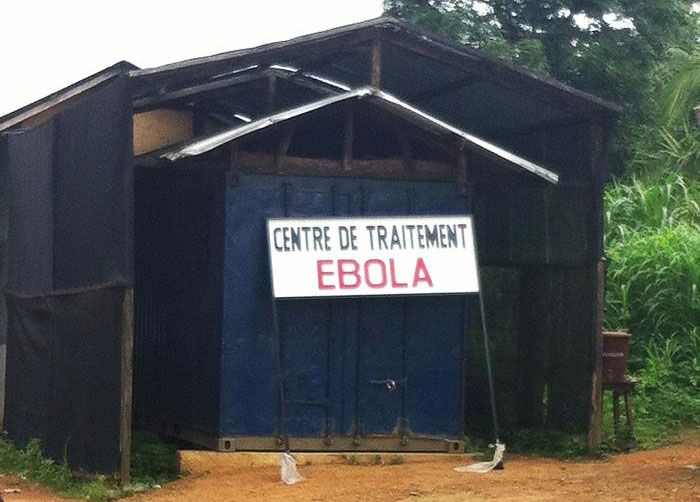Could Statins Treat Ebola?

Statins should be considered as a possible treatment for Ebola, some researchers argue.
In addition to their ability to lower cholesterol levels, statins have anti-inflammatory effects, and may be able to fight the out-of-control immune-system response in Ebola patients that damages the body, said Dr. David Fedson, a retired professor and vaccine expert in France who wrote an editorial on the topic in the Sept. 30 issue of The Journal of Infectious Diseases.
In patients with Ebola, the virus can cause life-threatening symptoms because it attacks immune cells, and can impair the ability of the immune system to regulate itself. This can cause the immune system to ramp up and release a dangerous "storm" of inflammatory molecules. Statins might help tame this storm, Fedson said.
Statins also have been suggested as a treatment for patients with sepsis, a condition that involves an out-of-control immune response similar to that seen in Ebola patients, Fedson said. A 2012 study of 100 patients with sepsis — a sometimes life-threatening condition resulting from the body's response to infection — found that patients who were given a statin were 83 percent less likely to progress to severe sepsis (with failure of one or more organs), compared to those who were not given a statin.
Statins might also help decrease the chance that Ebola patients experience hemorrhaging, because the drugs affect components of the blood-clotting pathway, Dr. Anita McElroy and Christina Spiropoulou, of the Centers for Disease Control and Prevention, wrote in a letter accompanying the editorial. [Where Did Ebola Come From?]
There are not many alternatives for Ebola patients, and statins are relatively inexpensive, Fedson said.
"Investigators have not developed an effective vaccine against EVD [Ebola virus disease], and post-exposure treatments targeting the virus or the host response are in the early stages of development," Fedson wrote. "Statins, however, are widely available to African physicians as inexpensive generic drugs, and are used to treat patients with cardiovascular disease every day," Fedson said. Statins should "be considered for treating patients with EVD," he said.
Sign up for the Live Science daily newsletter now
Get the world’s most fascinating discoveries delivered straight to your inbox.
Dr. Amesh Adalja, a representative for the Infectious Disease Society of America, agreed that using statins for Ebola is "an idea that holds promise and deserves to be studied." Statins have previously been proposed for treating other infectious diseases, including influenza and pneumonia, because the drugs may combat some of the harmful effects that occur when the immune system is revved up, Adalja said.
However, it would be best to first study the drugs in animal models, to see if statins help animals infected with Ebola, Adalja said.
In addition, statins come with side effects, including a risk of liver problems. Ebola itself attacks the liver, so if doctors were to administer statins, they would need to carefully monitor patients' liver function, which could be difficult in an outbreak setting, Adalja said. "You wouldn't want this to paradoxically make Ebola worse," by using statins to treat it, Adalja said.
Researchers would also need to determine the dose, frequency and duration of statin treatment, McElroy and Spiropoulou said. Because patients who survive Ebola tend to start to recover within two weeks of symptoms appearing, two weeks of statin treatment would theoretically be sufficient, they said.
Ultimately, doctors would need to weigh the possible benefits of statins against the possible side effects.
"These decisions should be made very carefully, in consultation with the patient, and with full disclosure of the possible risks and benefits," McElroy and Spiropoulou said.
Follow Rachael Rettner @RachaelRettner. FollowLive Science @livescience, Facebook & Google+. Original article on Live Science.

Rachael is a Live Science contributor, and was a former channel editor and senior writer for Live Science between 2010 and 2022. She has a master's degree in journalism from New York University's Science, Health and Environmental Reporting Program. She also holds a B.S. in molecular biology and an M.S. in biology from the University of California, San Diego. Her work has appeared in Scienceline, The Washington Post and Scientific American.










